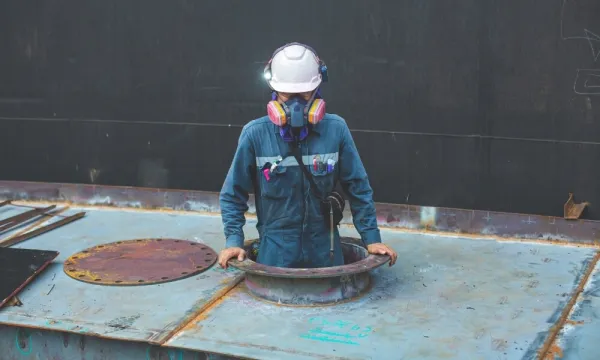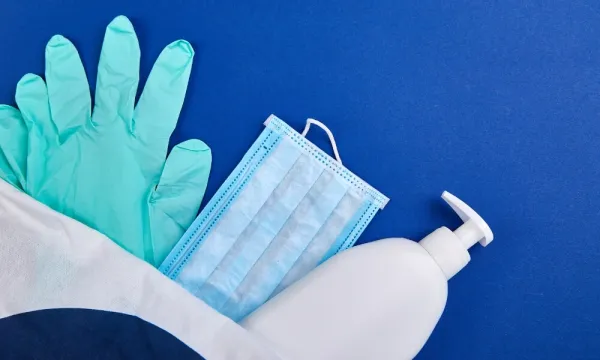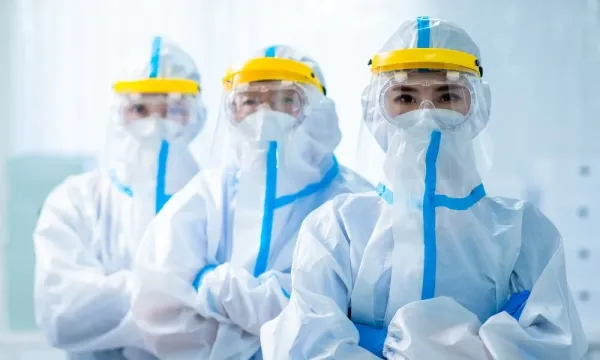10 Laboratory Safety Precautions | Lab Safety Rules
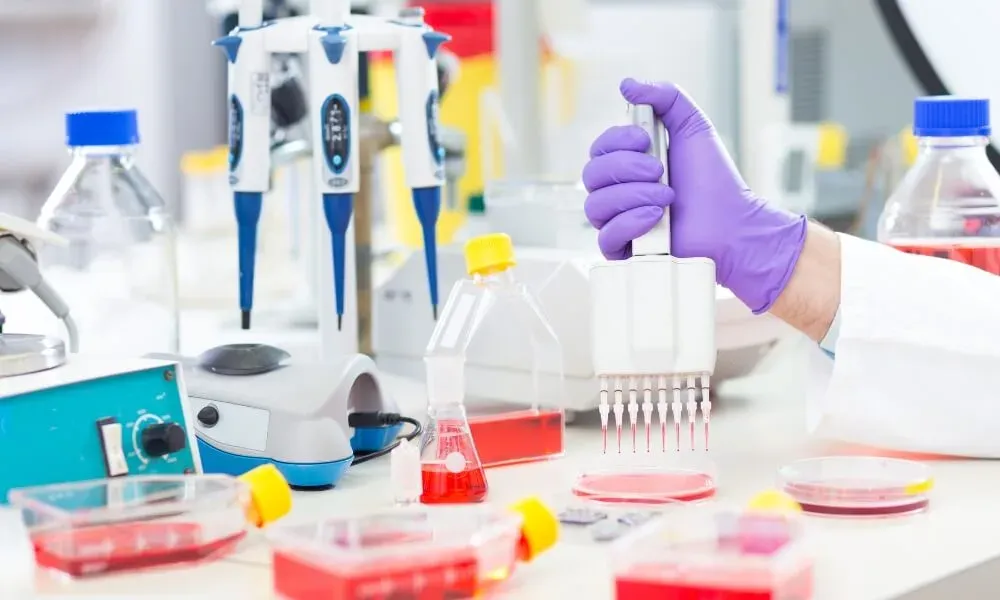
Stepping into a laboratory can be exciting, but it’s important to remember that fun experiments and cool discoveries go hand-in-hand with safety. A lab isn’t just another classroom – it’s a place where simple mistakes can have serious consequences. That’s why knowing and following lab safety rules is essential, not only for your own protection but for everyone around you. Whether you’re a seasoned scientist or a student just starting out, following these essential safety precautions will ensure your lab experiences are both rewarding and hazard-free.
10 Laboratory Safety Precautions | Lab Safety Rules
Picture this: you’re in a lab, surrounded by beakers, test tubes, and maybe even some cool-looking equipment. It’s easy to get caught up in the excitement of experiments, but hang on a second! Safety has to come first. Labs can be awesome places for discovery, but they also have potential dangers. That’s why knowing and following the basic safety rules is absolutely non-negotiable. Here are 10 important ones to keep in mind:
1. Gear Up, Stay Safe
- Eyes Are Precious: Always rock safety goggles. No regular glasses, no contacts – your eyes need a proper shield.
- Lab Coat = Superhero Cape: It protects your clothes and skin from spills and mishaps.
- No Flip-Flops Allowed: Wear closed-toe shoes, so if you drop a beaker, your toes are still intact.
- Tie it Back: Long hair can get caught in equipment or dip into chemicals – not a good look!
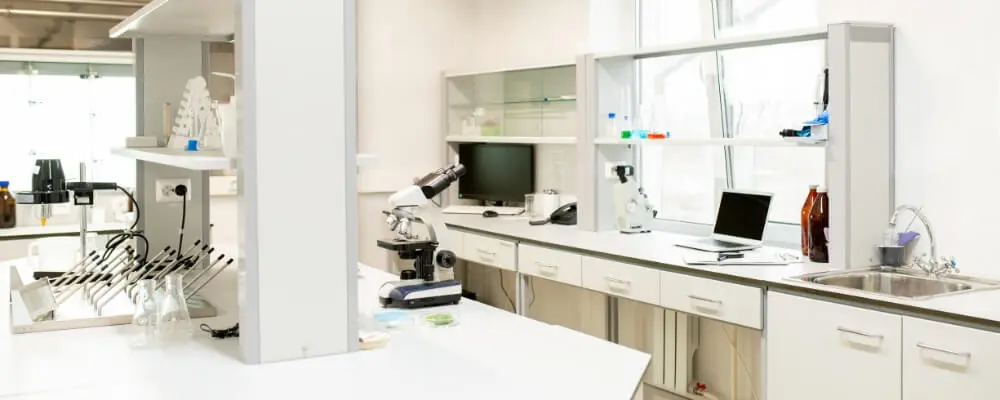
2. Tasting = Terrible Idea
- Chemicals Aren’t on the Menu: Seriously, never taste or smell anything in the lab unless your instructor tells you it’s specifically safe. Some fumes are toxic!
- Waft, Don’t Sniff: If you have to check a smell, gently waft the scent towards your nose with your hand. Don’t stick your face right in there.
3. The Lab Isn’t a Cafeteria
- No Food or Drinks: Contamination is a real issue – you don’t want chemicals with your coffee. Eat snacks outside the lab.
- Hands Should Be Clean: Always wash your hands thoroughly after handling chemicals and before you leave.
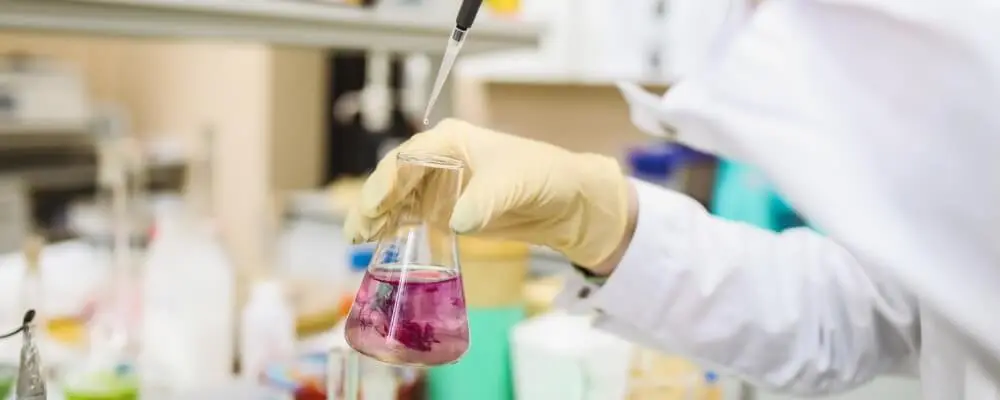
4. Read the Instructions…Twice
- Don’t Wing It: Know the experiment inside out before you start. Ask questions if you’re unsure – it’s better to be safe than sorry.
- No Rogue Science: Never do experiments your instructor hasn’t approved. Things can go wrong quickly.
5. Spills Happen, Be Prepared
- Clean Up Crew: Know where the spill kit is and how to use it. If unsure, let the instructor handle it.
- Broken Glass is Sharp: Don’t pick it up with bare hands. Use a dustpan and brush, and know where the designated disposal container is.
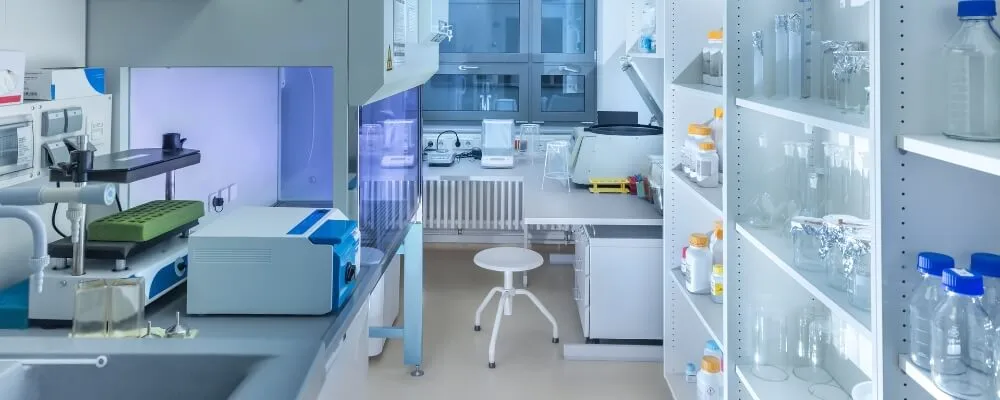
6. Common Sense is Your Superpower
- Workstation Zen: Keep your lab area neat and tidy. A cluttered space invites accidents.
- Fume Hood Friend: Use these specially ventilated areas when working with anything that gives off strong smells or dangerous vapors.
- Horseplay Hurts: The lab is for serious work, not messing around. Pranks can lead to injuries.
7. Leaving the Lab? Lose the Gear
- Gloves Off: Take ’em off before touching doorknobs, phones, or anything outside the lab. You don’t want to spread chemicals.
- Lab Coats Stay in the Lab: Same principle. These are meant to protect you inside the lab.
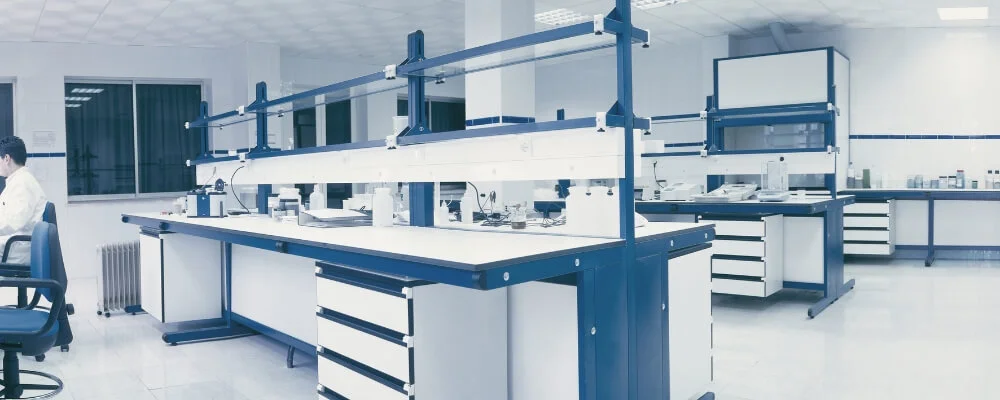
8. Know Your Surroundings
- Emergency Equipment: Where are the eyewash stations, fire extinguisher, first aid kits? Get familiar with their locations in case you need them quickly.
9. Waste Disposal Matters
- Think Before You Pour: Don’t just dump chemicals down the sink. Proper waste disposal procedures are super important for safety and the environment.
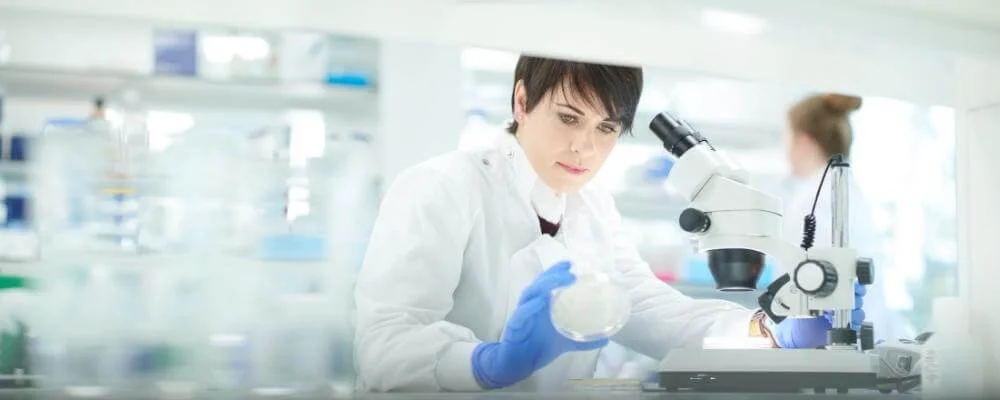
10. When in Doubt, Ask for Help
- Your Instructor is Your Ally: If you feel uncertain about anything, don’t hesitate to ask! The safest lab is where everyone communicates and follows the rules.
These safety rules might seem like a lot to remember at first, but trust me, they’ll quickly become second nature. Think of it this way: following lab safety isn’t about being scared or overly cautious, it’s about being smart. It means you get to enjoy all the amazing aspects of working in a lab without unnecessary risks. By making safety a habit, you’re protecting yourself, your colleagues, and the integrity of your experiments. Now that’s what I call winning in the world of science!
